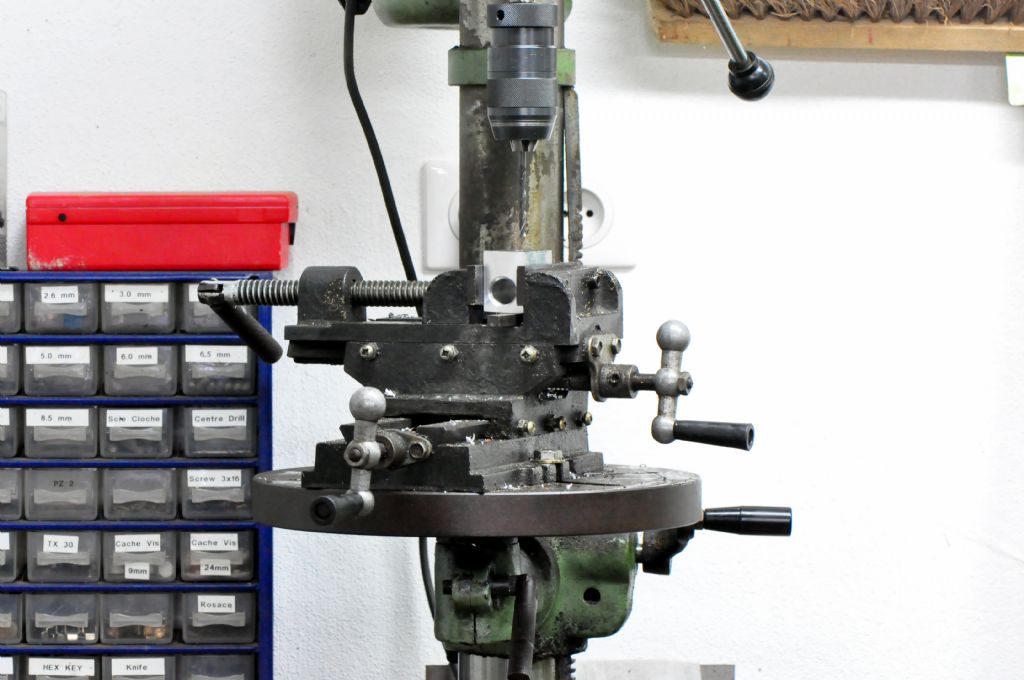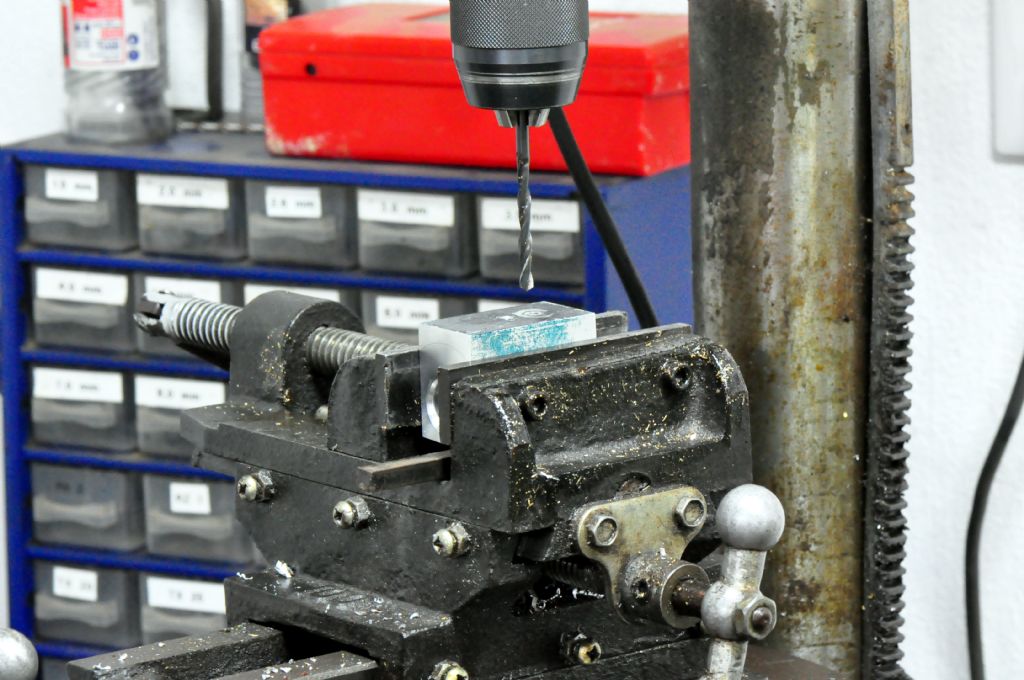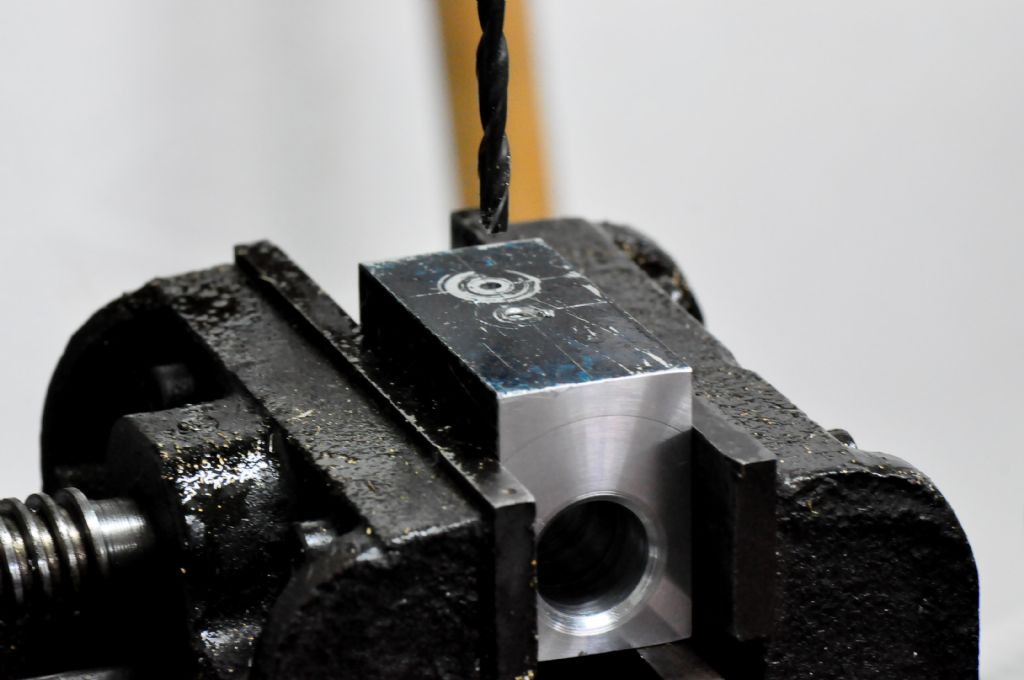Perpendicular Drilling
Perpendicular Drilling
- This topic has 36 replies, 25 voices, and was last updated 12 April 2016 at 18:53 by
frank brown.
- Please log in to reply to this topic. Registering is free and easy using the links on the menu at the top of this page.
Latest Replies
Viewing 25 topics - 1 through 25 (of 25 total)
-
- Topic
- Voices
- Last Post
Viewing 25 topics - 1 through 25 (of 25 total)
Latest Issue
Newsletter Sign-up
Latest Replies
- Help recommend a milling machine?
- Meek style dog-clutch for a Colchester
- Depth of cut cowells me90
- Chuck- Lathe yet another type.
- Why am I confused?
- Beginner with newly bought lathe – many questions
- New member – mid 50s Zyto Lathe
- What Did You Do Today 2025
- Paint stripper does not do what it says on the tin
- Turning a small radius corner







